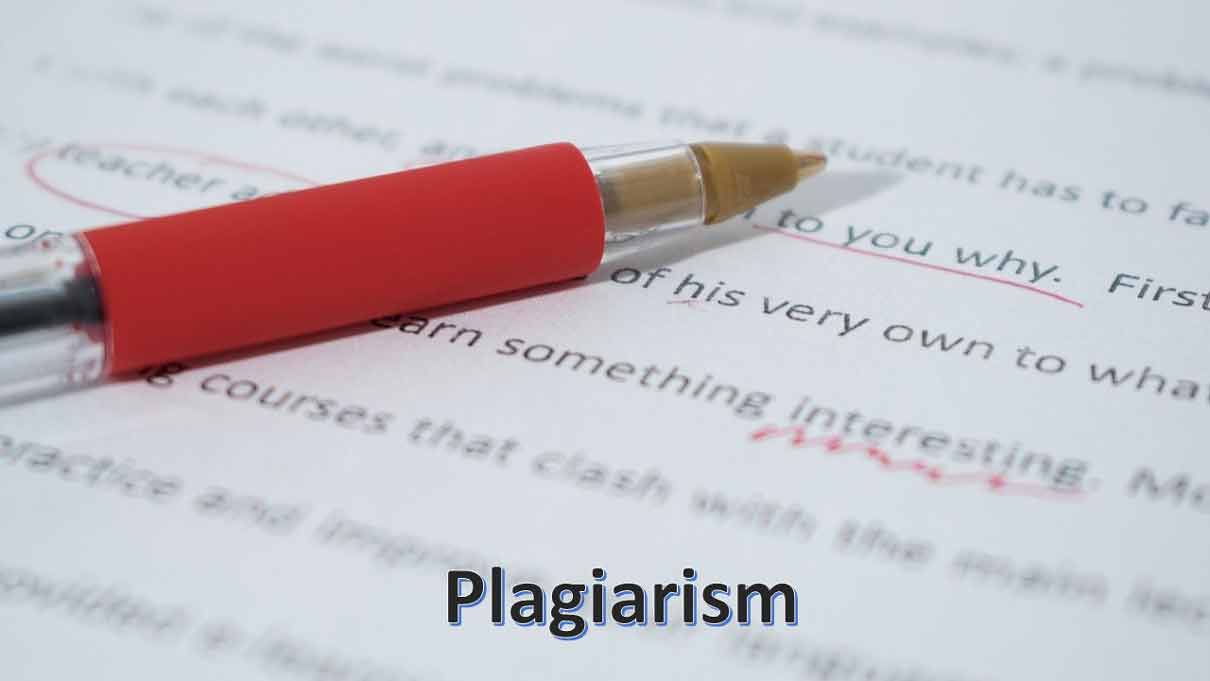What is Plagiarism?
Plagiarism is more to do with moral issues. Committing literally theft and failing to code someone. Plagiarism could be deliberate where a person is intentionally trying to copy someone’s thing. However, when we talk about detection techniques, that usually text-based and source code. Text-based is needed for academic purposes however source code is used for computing.

If you’re a teacher, freelance writer, or someone who produces or handles online material regularly, one resource you need is a plagiarism checker. You can conveniently find free and premium versions of the plagiarism checker online.
For a writer, content uniqueness is a serious problem, you’re not sure the content you receive from the internet or the content that’s being posted to your website is 100% exclusive or not. There are several resources available on the market.
Method to Detect Plagiarism
As there are 3 methods using Plagiarism Checker Free Tool
- Local similarities
- Text-based similarities
- Global similarities
Local Similarities
The Local similarities mean you look on to the local things or certain issues. So you have a kind of small matches or phrases that could be traced out, and that is fingerprinting.
Global Similarity
The Global similarity means that the complete document you are trying to match it, so the style could be the same, the writing style could be the same or you could have the citation that could be a kind of plagiarism.
Between the Local and Global, you have the term occurrence analysis. Under this, you try to bring in big phases. Substring matching: So you have a kind of section that is being matched with the other documents.
Text-based plagiarism
So here you have copy-paste, exact the same words would copy into the other documents. You have paraphrased, it’s like changing the language and reframing the sentence. As it could be simple or mosaic. It could be a kind of patchwork that could be done, or it could be simple.
Plagiarism Detection
The detection could be in various ways
Monolingual Detection
As it deals in the same language that is English to English, Russian to Russian, and so on.
Cross-lingual Plagiarism
As it means cross languages. It could be English to Russian, English to Chinese, Chinese to English, or so on, etc. It’s like changing the document and republishing it again.
Plagiarism Spotting
A lot of applications check the level of copied data from unique sources. They compare the words to all the words online and check for the repeated patterns. Several free websites help you monitor plagiarism. Most identification methods are used to search for duplication of work using search engines. They split a text into tiny chunks-sentences-and then scan each (sentence) in search engines. If a page has a matching block of text, the word or sentence is likely plagiarised.
Most pages that detect plagiarism clearly focus on Google, Yahoo, and Bing search engines. The detectors break down the text and then use search engines to discover web pages with similar words. If so many phrases are matched, particularly from the same source, it is most likely in your text.
